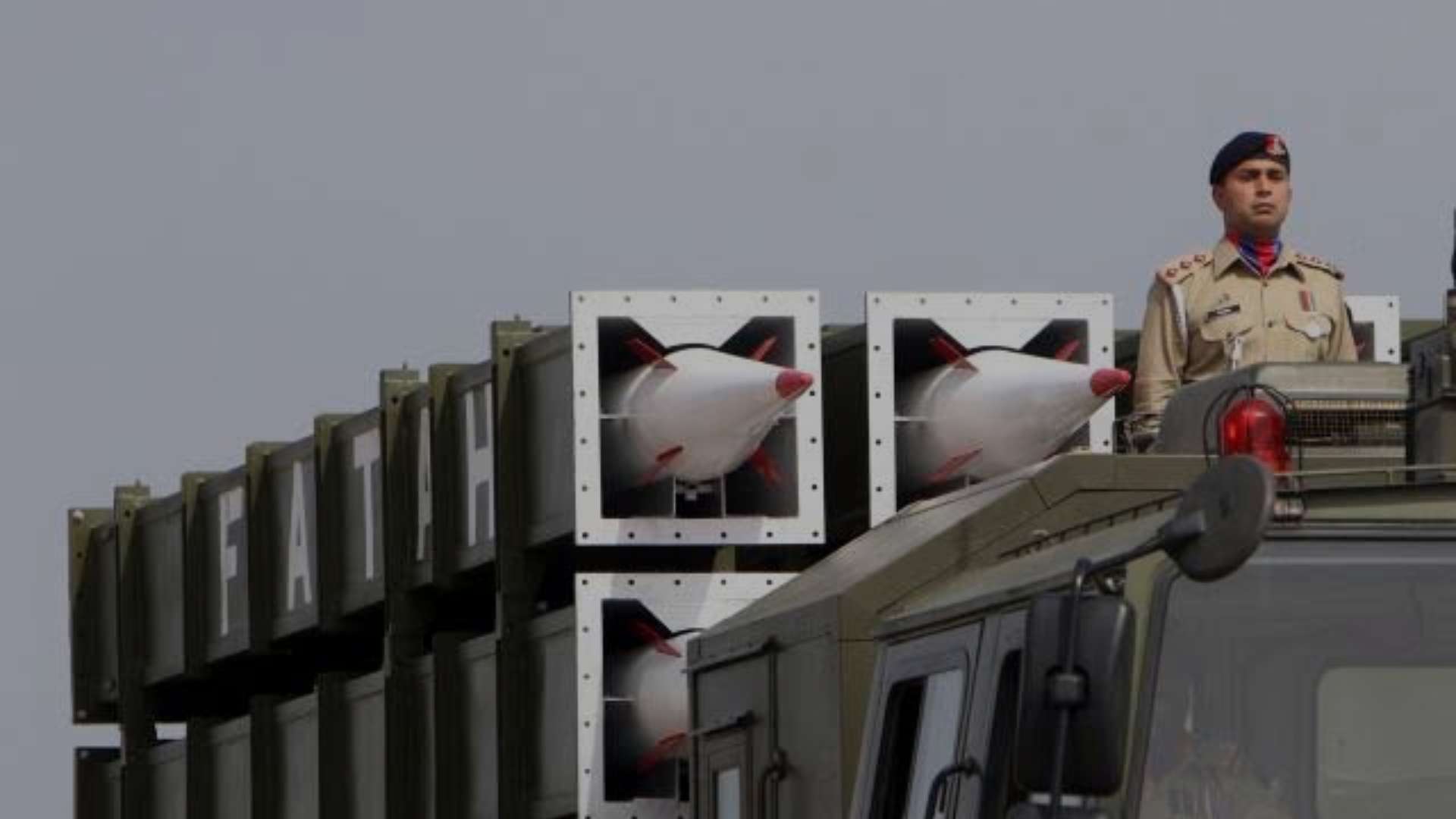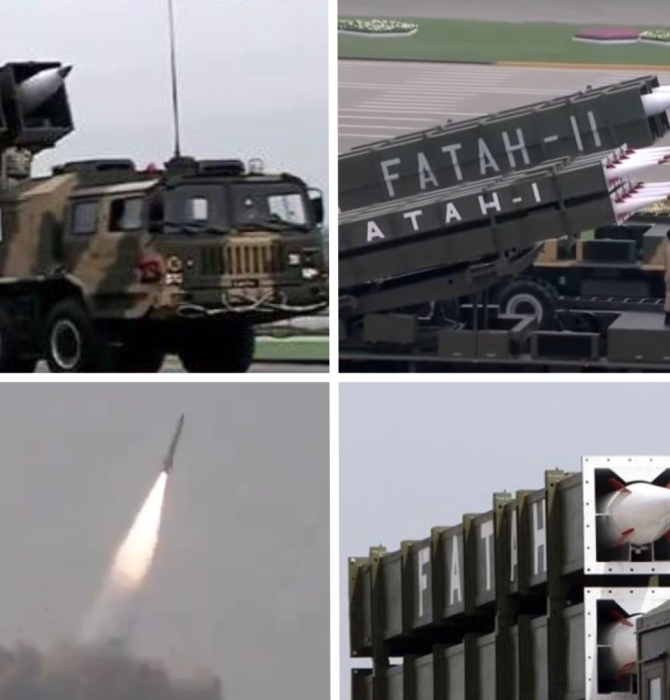4037Views

How Pakistan Can Emulate Russia’s Use of Ballistic Missiles Quwa Premium
On 02 July, Russia said that it destroyed five Ukrainian Air Force Su-27 Flanker fighter aircraft by using the Iskander-M tactical ballistic missile (TBM). The TBM strikes took place at Myrhorod airfield, which is located in Ukraine’s central Poltava region.
Though Russia’s claims are disputed by Ukraine, it still seems that the Russian military is finding success in its use of TBMs against Ukraine, notably the latter’s high-value targets (HVT), such as its airbases. In fact, Russia appears to specifically be targeting parked or stationary combat aircraft with its TBMs, hence speaking to a wider strategy of using the relatively low-cost munition to neutralize high-cost assets.
Not only are the strikes proving effective in depleting Kyiv’s air combat capabilities, but it also casts into question whether Ukraine is capable of protecting its forthcoming Western fighters, like the F-16. At the same time however, Russia is also vulnerable to similar action from Ukraine, which aims to use ballistic missiles, like the GM-140 Army Tactical Missile System (ATACMS), against the Russians.
Ultimately, like many dynamics of this war, the Russia-Ukraine conflict is generating key lessons for other countries, including Pakistan. In fact, it seems that Pakistani security planners are using the war to shape their own procurement roadmaps. For example, Pakistan is pushing for local munitions production with the goal of manufacturing its own air-to-air missiles (AAM) and surface-to-air missiles (SAM). It is also working on a comprehensive loitering munitions strategy that extends from grenade-sized weapons to miniature air launched cruise missiles (ALCM). Pakistan is also building a dense multi-layered air defence system with long- and medium-range SAMs. Finally, it is also adding precision-guided rockets, including TBMs, into its strike mix, thereby acquiring long-range attack capabilities from air and land.
One can argue that many of Pakistan’s steps follow Ukraine’s wartime lessons, such as its difficulty with sourcing advanced munitions (especially SAMs) from foreign suppliers, or the extensive damage loitering munitions can cause at relatively low cost, or how adept air defence deployment can mitigate an enemy’s air power. Many of Pakistan’s major procurements only occurred in the past two years, thereby indicating a clear correlation between the conflict in Ukraine and defence procurement policy.
Pakistan’s Army Takes Precision-Strike into its Own Hands
One of the most notable trends in Pakistan’s procurement policies has been the significant focus on giving the Pakistan Army (PA) its own precision-guided long-range strike capabilities. The Fatah-line of surface- to-surface missiles (SSM) is a key driver for achieving these capabilities.
The Fatah-1 is a guided multiple launch rocket system (MLRS) with a range of 140 km. Global Industrial Defence Solutions (GIDS) revealed an extended range variant of the MLRS with a range of 250 km. This was originally called the Fatah-2, but the designation was later given to a different platform, a TBM tested in 2024. The stated-range of the Fatah-2 is 400 km and, in March 2024, Pakistan revealed that it was also working on a Fatah-3 and Fatah-4 with ranges of 450 km and 700 km, respectively.
The Fatah-series adds to the Babur-line of land-attack cruise missiles (LACM), thereby providing the PA with a well-rounded stand-off strike capability that reaches up to 700 km. However, one should expect the PA to pursue even longer ranged designs, potentially in excess of 1,000 km, in the future.
Overall, the PA could be viewing the Fatah and Babur as important assets for deprecating India’s combat capabilities by targeting the latter’s air bases, air defence sites, and other HVTs that, at least in prior years, would have been the primary focus of the Pakistan Air Force (PAF).
End of excerpt (599/1,262 words)
Log in or subscribe to read the rest of the article
Note: Logged in members may need to refresh the article page to see the article.


